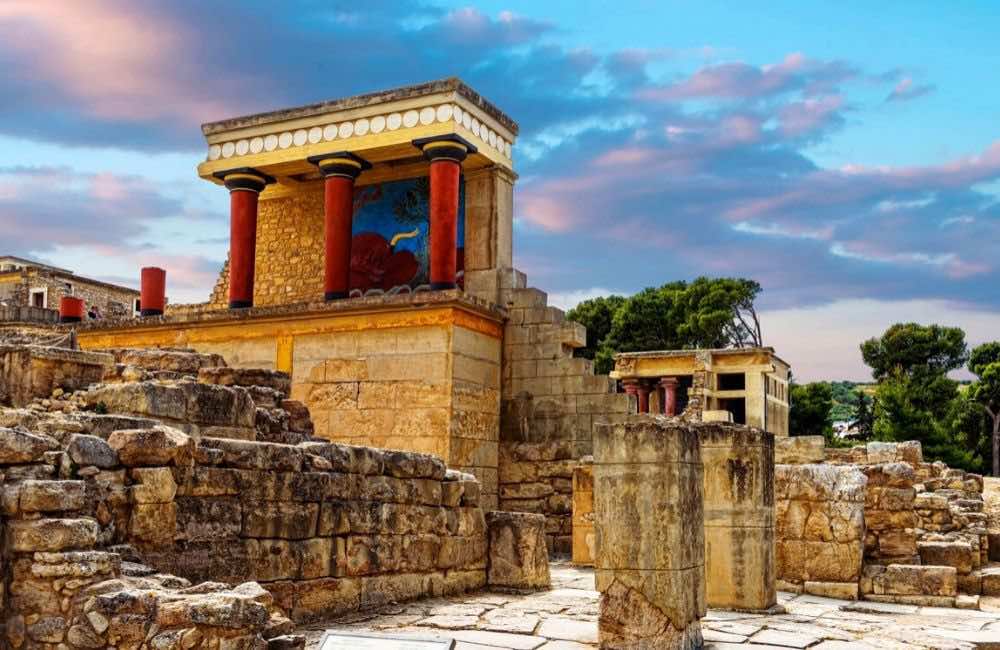
The biggest and brightest center of the Minoan civilization, Knossos, located 5 Kilometers south of the historic city center of Heraklion. In the area on the east side off the hill, where currently the brilliant Minoan ruins of Knossos, have found traces of Neolithic installation dating from 6000 BC The complex corridors and stairways that connected in some cases five floors, form a truly labyrinthine complex where visitors can admire important architectural innovations such as water and sewage networks, skylights, lighting and ventilation of the lower levels, apartments with bathrooms and toilets, which have nothing to envy in inventiveness of modern construction.
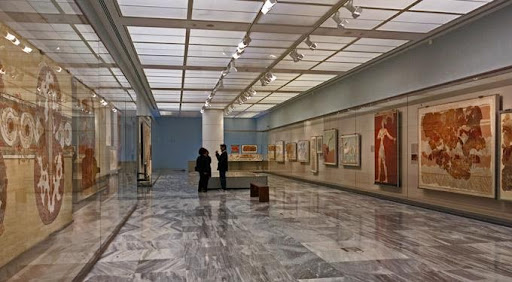
The Archaeological Museum is located in the center of the city of Heraklion and is one of the most important Archaeological Museums in the world. The exhibits cover a period of 5500 years, from the Neolithic area until Roman times and also has the largest collection of finds from the Minoan culture, the first civilization developed on European territory.
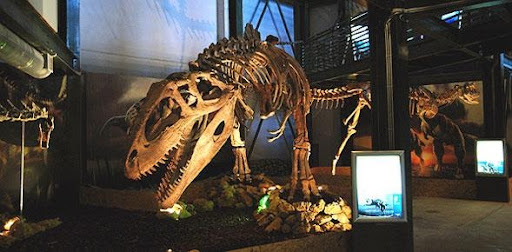
The Natural History Museum of Crete operates within the Faculty of Science of University of Crete, despite its title, not only exposes the natural beauty of the island and the rest of Greece but also exposes the beauties of the Eastern Mediterranean. At 800 square meters, the museum, in specially designed rooms, the visitor has the opportunity to learn the geological evolution of Crete, but also considerable geological formations such as caves, species that once lived on the island and now have disappeared, animals that are endangered as the seal and the bearded vulture, plants and many creatures of all kinds.
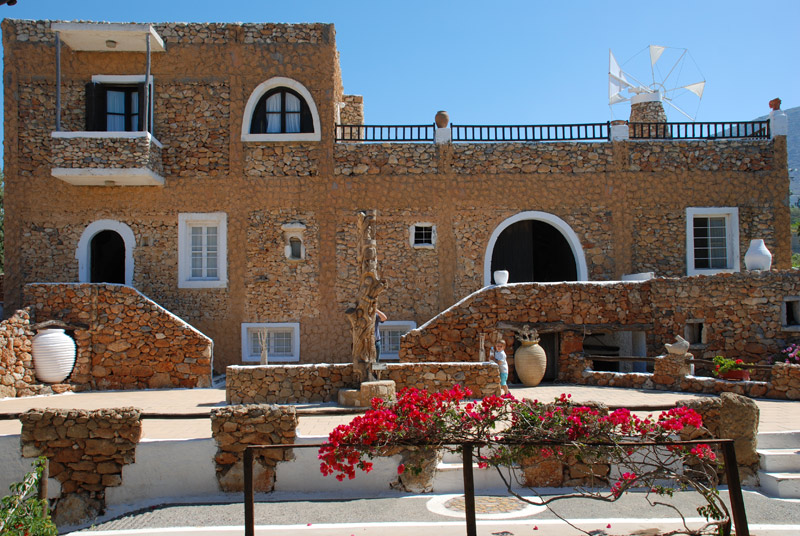
The Archaeological Museum is located in the center of the city of Heraklion and is one of the most important Archaeological Museums in the world. The exhibits cover a period of 5500 years, from the Neolithic area until Roman times and also has the largest collection of finds from the Minoan culture, the first civilization developed on European territory.
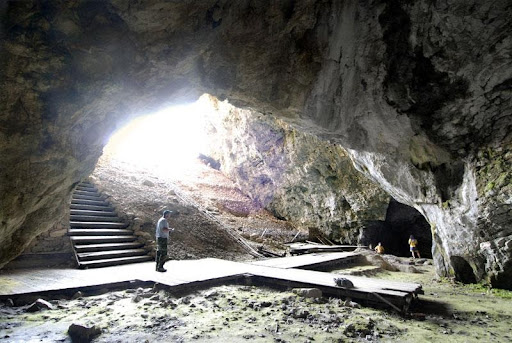
The holy cave of Cretans who gained nationwide fame and became an important center of worship and place of initiation, located on the west side of the plateau of Nidas the root of the steep slope at 1538 meters altitude. Here, according to tradition Zeus was born to the sound of drums and dances of Idaion Fingers. As early as the 15th century BC we have information that the cave is an important place of worship. The fame spread in the whole Greece and is one of the major theological study centers of antiquity. The clearance and initiation ceremonies attract large numbers of pilgrims amongst whom are great Greek philosophers such as Epimenidis and Pythagoras.
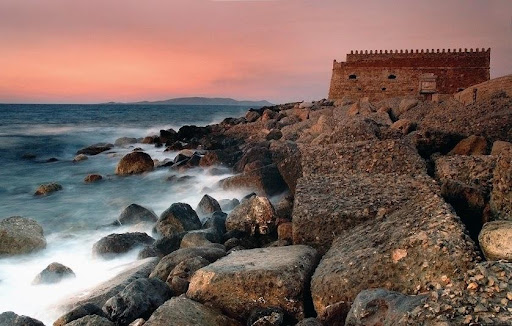
Koules or Castello a Mare ("Fort on the Sea" in Italian) is a fortress located at the entrance of the old port of Heraklion, Crete, Greece. It was built by the Republic of Venice in the early 16th century, and is ideal place for a walk or biking during the day, offering amazing sunsets and unique view to the old harbour of Heraklion.
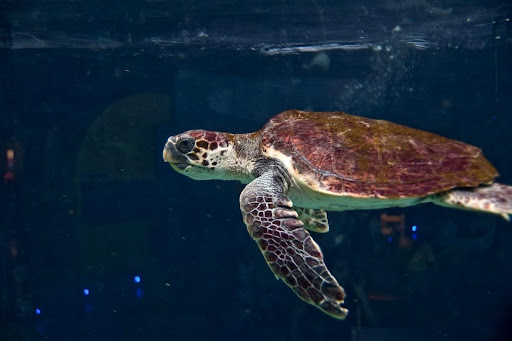
One of the largest and most modern aquariums in Europe, CretAquarium was founded and operates as part of the HCMR. It is geographically located on the north-western part of the former American Base of Gournes, where together with the premises of the research institutions of HCMR forms THALASSOKOSMOS - the largest centre for marine science and promotion of the Mediterranean sea world.
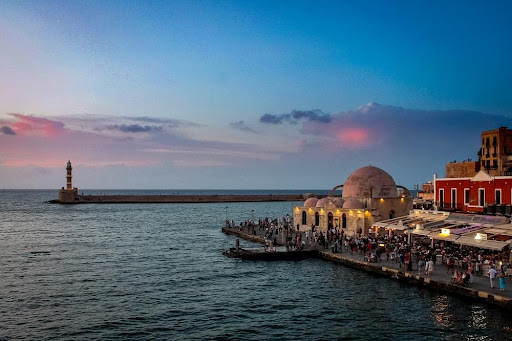
The Venetian Harbor with its lighthouse is the city’s trademark. It was built by the Venetians between 1320 and 1356. The harbor, along with its surrounding area, is famous for its magnificent architecture that combines Eastern and Western elements. It is a nostalgic place full of historical memories but at the same time very vivid thanks to the modern cafes and restaurants near the harbor.
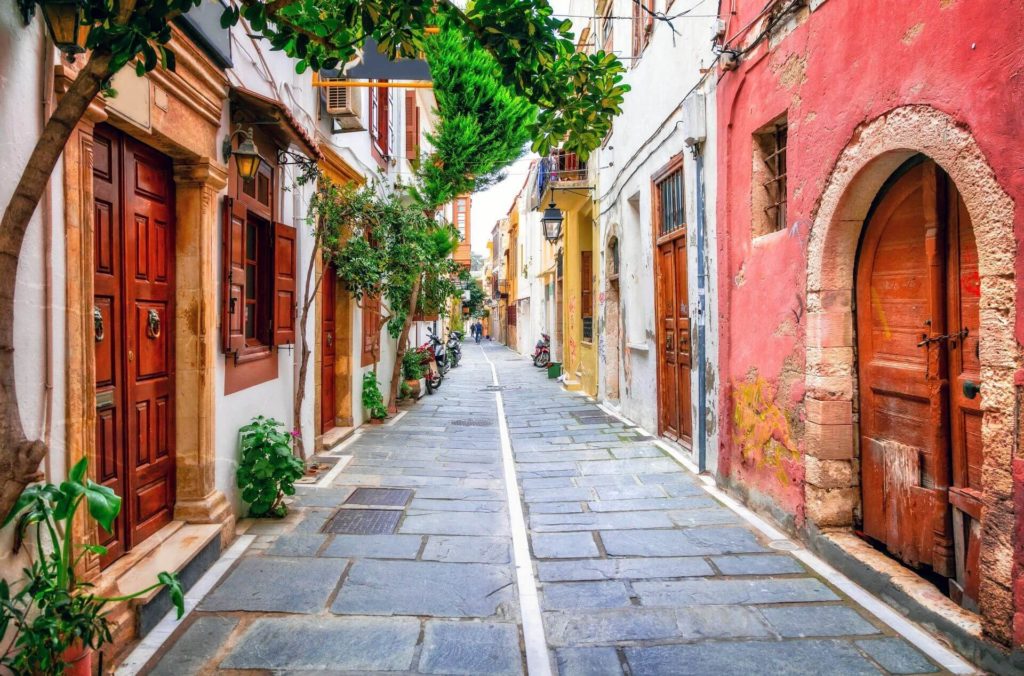
The old town of Rethymno is one of the best-preserved towns of the Renaissance. Lying in the heart of modern Rethymnon, it combines the oriental features of the Turkish period with Renaissance-style Venetian architecture. After the Venetian conquest of Crete (1204), the town of Rethymnon was built according to the rules of Venetian architecture. The original craftsmen were Venetians, but these later were replaced Venetian-trained master builders The private mansions of Rethymnon are not as impressive as those of Venice, mainly for financial reasons. Furthermore, the strong traditions of Cretan architecture could not be overcome, and Renaissance influences are most apparent on building facades.
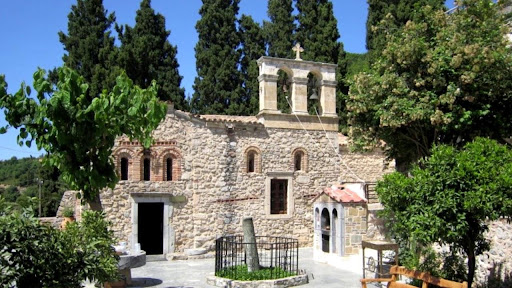
The Monastery of Kera Kardiotissa is located 50km southeast of Heraklion, in a wooded area of North Dikti Range, next to the road leading to the Plateau of Lassithi. This is a historic monastery, after which the nearby settlements of Kera and Ano Kera Kera have been named. The exact date of its foundation is unknown. It is believed that the establishment of the monastery is connected with the miraculous icon of Virgin Mary, after which it takes its name (Kera means Our Lady), which is today located in the Church of San Alfonso in Rome. The icon was drawn by San Lazaro (9th century) and depicts Panagia (Virgin Mary) holding Jesus. According to the tradition, during the iconoclastic Era, this icon was moved to Constantinople, but returned back miraculously. Moreover, during the Venetian Era, the icon was stolen from a wine merchant and moved to Rome, where it is stored till today. In 1735, the icon was replaced by another one, which is also considered miraculous. The beautiful stone-built church of the monastery is dedicated to the Nativity of Mary (celebrates on September 8). Because of its fortified position, during the Cretan revolutions, the monastery of Kera served as the revolutionary center of the local province and thus suffered many times of Turkish attacks. Today Kera serves as a nunnery and it is worth a visit, especially if you combine it with a drive to Lassithi Plateau.
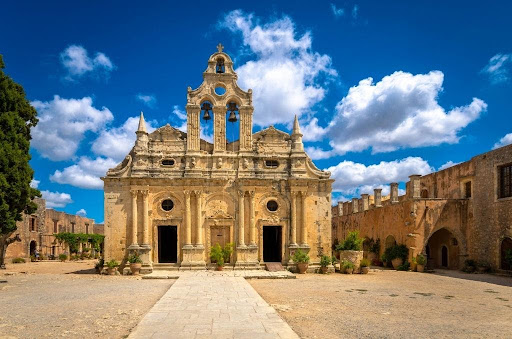
Arkadi Monatery is perhaps the best known monastery on Crete due to the Holocaust of 1866. However, its location and impressive architecture make it all the more special. It is a large fortified complex built during the end of the period of Venetian rule. Apart from the monks’ cells, the central building also includes warehouses, premises for processing agricultural products, as well as stables. The impressive two-aisled church, dedicated to Saint Constantine and Saint Helen and to the Transfiguration of the Saviour, is one of the most important architectural monuments of the Cretan Renaissance; it was completed in 1587 and its facade clearly demonstrates the penetration of western architectural trends in 16th and 17th-century Crete. The history of the monastery begins during the Byzantine Empire. From the 16th century onwards, the monastery was a major intellectual centre. In November 1866, Ottoman armies laid siege to the monastery, where 700 women and children and 260 Cretan warriors had barricaded themselves after the Abbot’s refusal to surrender. After a two-day siege, the women and children and the warriors, led by Constantinos Yiaboudakis, entered the gunpowder magazine, set it on fire and blew it up, leading several Ottomans to their death. This event is considered to be one of the most important in Cretan history and was the reason that Arkadi was designated by UNESCO as a European Freedom Monument.





